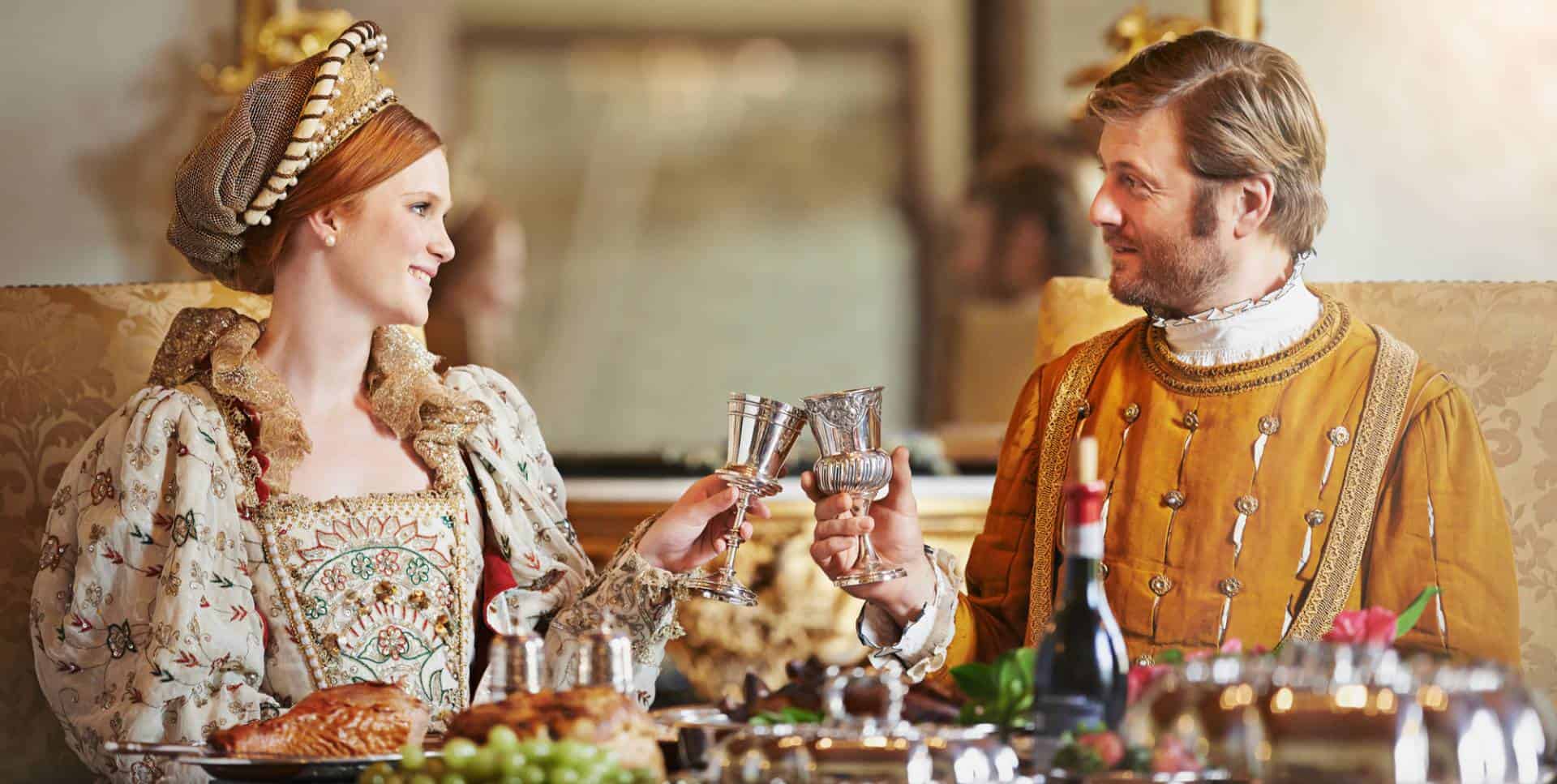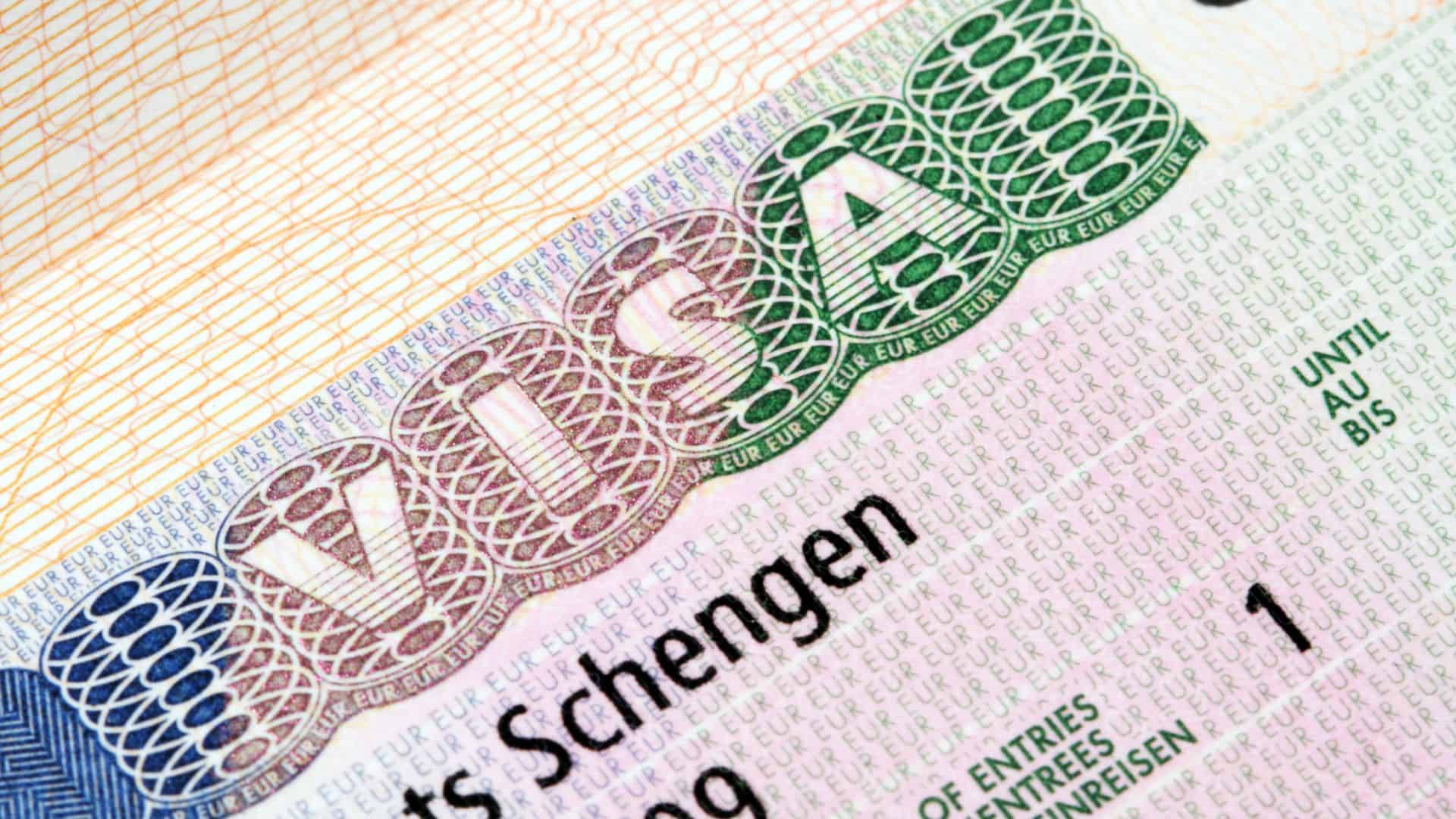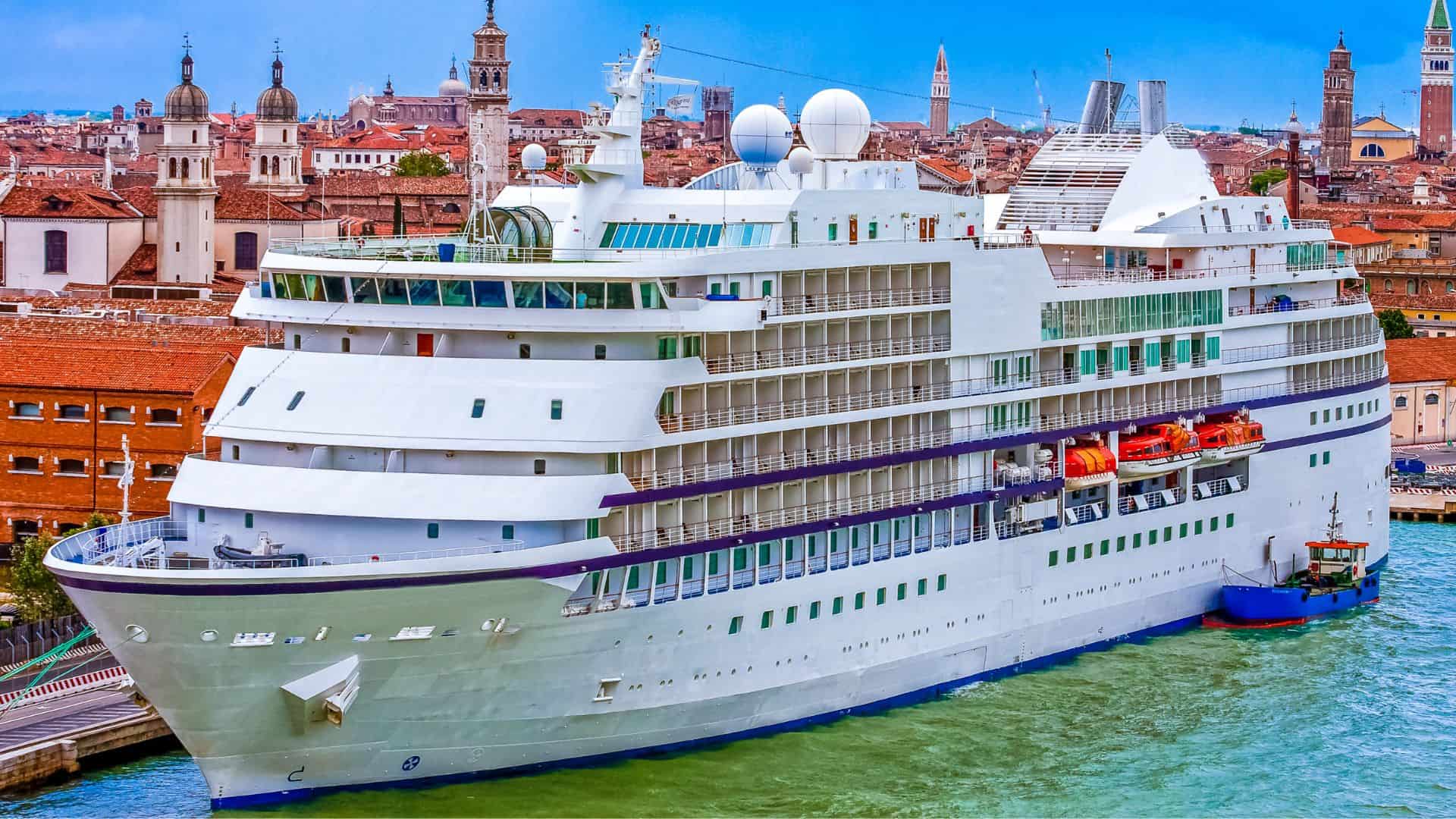
The Titles of Nobility
Let's embark on a whimsical journey through the aristocratic realms of Europe, where titles of nobility are as numerous as castles in the countryside. In the quaint corners of England, where tea is sipped with pinkies raised, the lofty "peerage" is the magic word, determining one's status based on title, genealogy, and family tales. Notably, a British baronet isn't exactly rubbing shoulders with the Nobles—cue the aristocratic side-eye.
- England's Finest: The monarch of merry old England reigns supreme as the King or Queen, while Princes and Princesses twirl in royal circles just below. Dukes and Duchesses, like high-society chess pieces, move with strategic grace.
- Vive la France!: Across the Channel, the French flaunt their Roi or Reine, the crème de la crème of nobility. Princes and Princesses, with a French flair, add a touch of savoir-faire, while Dukes and Duchesses wield territorial authority like Parisian fashionistas flaunting their latest couture.
- Italian Elegance: In Italy, the Re or Regina commands attention as the royal ruler. Principe and Principessa grace the scene with nobility, and Duca and Duchessa, a step below, navigate the Italian aristocratic dolce vita.
- Spanish Splendor: Over in sunny Spain, the Rey or Reina takes the throne, while Principe and Infanta, the royal offspring, embrace their noble lineage. Duque and Duquesa, with regal swagger, rule over their territorial dominions.
- Holy Roman Empire Grandeur: In the heart of the Holy Roman Empire (Germany), the Kaiser reigns supreme, a monarch of imperial grandeur. Fursts and Furstins, like regional VIPs, flaunt their principality, while Herzogs and Herzogins flex ducal authority.
- Noble Extras: Beyond the headline acts, the supporting cast includes Marquis and Marchioness, rulers of border regions; Comte and Comtesse, with county dominion; Vicomte and Vicomtesse, overseeing smaller fiefdoms; and Baron and Baroness, lords of their baronies.
- Chivalrous Charm: Enter the realm of knights, the valiant Chevaliers and Dames, whose combat prowess and unwavering loyalty earn them a place in the noble tableau. But remember, a knight's title isn't a family heirloom – it's more like a knightly lease.
- Royal Definitions Unveiled: Demystify the grandeur with royal terms like Kaiser, the tippy-top emperor; Dauphin/Dauphine, the French prince and princess duo; and Infante/Infanta, their Spanish counterparts, all adding a regal touch to the noble lexicon.
- Earls and Counts: In the British Isles, Earls and Counts stride gracefully between the lofty Marquesses and the down-to-earth Viscounts, with their titles crossing the Channel as the continental equivalent.
- Barons and Beyond: At the lowest echelon of British nobility, Barons preside over their petite kingdoms. Meanwhile, Knights, sans hereditary titles, earn their "Sir" stripes for chivalrous feats.
- Viceroyalty Vibes: Picture a noble deputy ruler, and you've got the Viceroy, swaying scepters in far-off colonies, provinces, and the like.
- Don and Dona Drama: In Spain, 'Don' and 'Dona' are titles of respect, adding a touch of flair to conversations that might otherwise lack a certain Iberian zest.
- Baronet: The Underdog: Meet the Baronet, the unsung hero of the British nobility, sitting at the lowest hereditary titled order. They may not be the headliners, but they've got a title to bear proudly.So there you have it – a whirlwind tour through the aristocratic tapestry of Europe, where titles reign, blue-blood flows, and every noble has their place in the grand hierarchy. Just remember, behind every noble title is a tale as rich and complex as a vintage Bordeaux. Cheers to the noble pursuit of knowledge!
The hierarchy of titles within the aristocracy often reflected the holder's proximity to the sovereign and their role in governing the realm. Dukedoms, for example, were typically granted to the closest allies and most trusted advisors of the monarch. A duke, as the highest-ranking nobleman below the sovereign, wielded considerable power and influence over both political and social affairs. Similarly, marquesses held a prestigious position in the nobility, often overseeing important regions or territories on behalf of the crown.
The conferment of noble titles was not only a means of recognizing service and loyalty but also a way to solidify alliances and maintain control over vast territories. As such, titles of nobility were often inherited, passing down through generations within the same noble family. In some cases, titles could also be granted as honorary distinctions to individuals who had rendered exceptional service to the crown or demonstrated extraordinary merit in their endeavors. Regardless of how they were acquired, noble titles were a defining aspect of the aristocracy, shaping the social class and power dynamics of medieval and early modern societies.
In conclusion, the titles of nobility have held significant meaning throughout history, particularly in the middle ages and beyond. From the early days of feudalism to the structured hierarchies of monarchies and empires, titles such as duke carried substantial weight, often symbolizing land ownership, military prowess, and political influence. The hereditary nature of these titles ensured their continuation through generations, with the heir to a noble rank often inheriting not just the title itself, but also the associated privileges and responsibilities. Within the British Empire, the House of Lords exemplifies the enduring legacy of nobility titles, serving as a chamber of Parliament reserved for peers, including dukes and other hereditary nobles. Despite shifts in societal norms and the decline of aristocratic power, the title of duke and other noble ranks continue to hold a place of significance, reflecting a historical legacy of prestige and influence.
In modern times, while the practical significance of noble titles may have diminished, they still carry cultural and symbolic weight, often serving as markers of lineage and tradition. The title of duke, in particular, remains one of the highest ranks of nobility in many countries, symbolizing not only the historical power and privilege associated with aristocracy but also a sense of continuity and heritage. While the days of feudal lords and medieval monarchs may be long gone, the legacy of nobility titles endures, offering insights into the social structures and power dynamics of bygone eras. Whether as a historical curiosity or a marker of social status, titles of nobility continue to fascinate and intrigue, serving as reminders of a time when lineage and rank defined much of one's place in the world.










